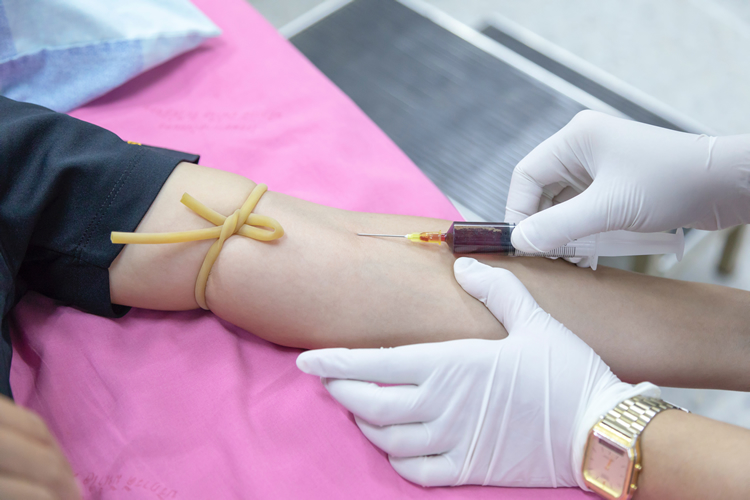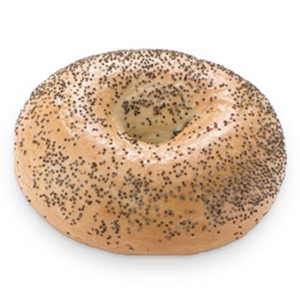Managing Lyme disease does not only pertain to treatment therapies.
In November 2020, a panel of experts published an evidence-based study for the Infectious Diseases Society of America, detailing the prevention, diagnosis, and treatment of Lyme. This study, led by Paul M Lantos, from the Duke University School of Medicine, is the latest benchmark for managing Lyme disease.
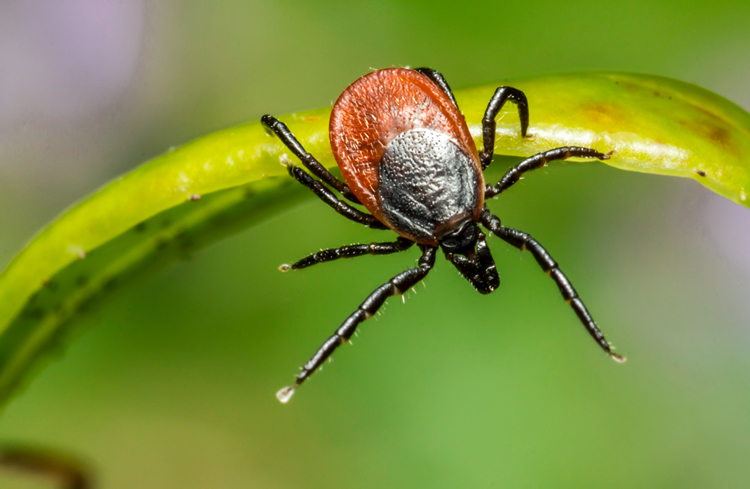
Managing Lyme disease: Prevention
When it comes to management of Lyme, prevention is paramount. The 2020 study advises that anyone at risk of exposure should be proactive in preventing tick bites. There are high-risk areas, like Central Massachusetts, with large deer tick populations. You should be protected from tick bites every time you are outdoors. The study recommends using repellents. On the list of effective repellents, are DEET, picaridin, and permethrin. Oil of lemon eucalyptus is also on the list of recommended tick repellents. If a tick is found, the study recommends removal with clean, fine-tipped tweezers – never using alternate means for removal, such as burning or applying essential oils.

Gardner tick treatment measures at home should be employed in high-risk areas, such as Central Mass. While many areas have municipal sprays, they do not reach far enough to offer complete protection. Professional EPA-registered and all-natural tick control sprays are available, and should be considered.
Lyme Management: Diagnosis & Treatment
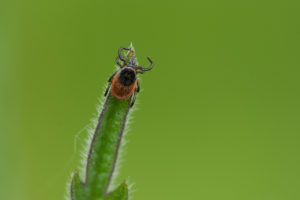
The study also recommends submitting a tick for identification after removal, to determine if it is a known vector of Lyme. It suggests that testing the tick for infection does not reliably determine whether a person will contract Lyme disease. Therefore, testing for Lyme bacteria would not be helpful.
Prophylactic antibiotic treatment is recommended only if these three criteria are met:
- The tick is identified as a Lyme vector species
- The person lives in an endemic area
- The tick is attached for more than 36 hours
If these criteria apply, the study recommends a single prophylactic dose of doxycycline up to 72 hours after removal of the tick. The dosage should be 200mg for adults and up to 200mg for children, based on weight. If these criteria are not met, the recommendation is to wait and watch for symptoms.
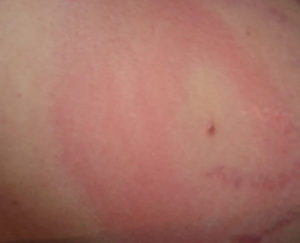
If a rash appears after a tick bite, a clinical diagnosis is recommended, rather than laboratory testing. Patients with the bullseye rash should begin a 10-day course of doxycycline, or a 14-day course of amoxicillin or cefuroxime axetil. If patients cannot tolerate those antibiotics, a 7-day course of azithromycin is recommended for treatment. If a patient has Lyme-related facial paralysis, the study makes no additional treatment recommendations over antibiotics. For patients with Lyme-related arthritis, a 28-day antibiotic regimen is recommended. If the arthritis is severe, and does not respond to this regimen, an additional 2 to 4-week treatment of IV antibiotics is recommended. If severe symptoms of arthritis persist after IV treatment, the patient should be referred to a rheumatology specialist.
Lyme disease can manifest in neurological complications, specifically of the central nervous system. If a patient shows these symptoms, spinal fluid should be tested. A serum test should also be performed. These cases of Lyme disease should be treated with IV ceftriaxone, cefotaxime, penicillin G, or oral doxycycline. Intravenous treatment can be switched to oral treatment, with a recommended treatment duration of 10 to 14 days.
More About This Study
There are extensive recommendations for managing many other facets of Lyme-related illnesses, like carditis, dermatitis, cognitive impairment, and lymphocytoma. Additionally, there are recommendations for co-infection diagnosis and treatment. Read the complete publication here.


